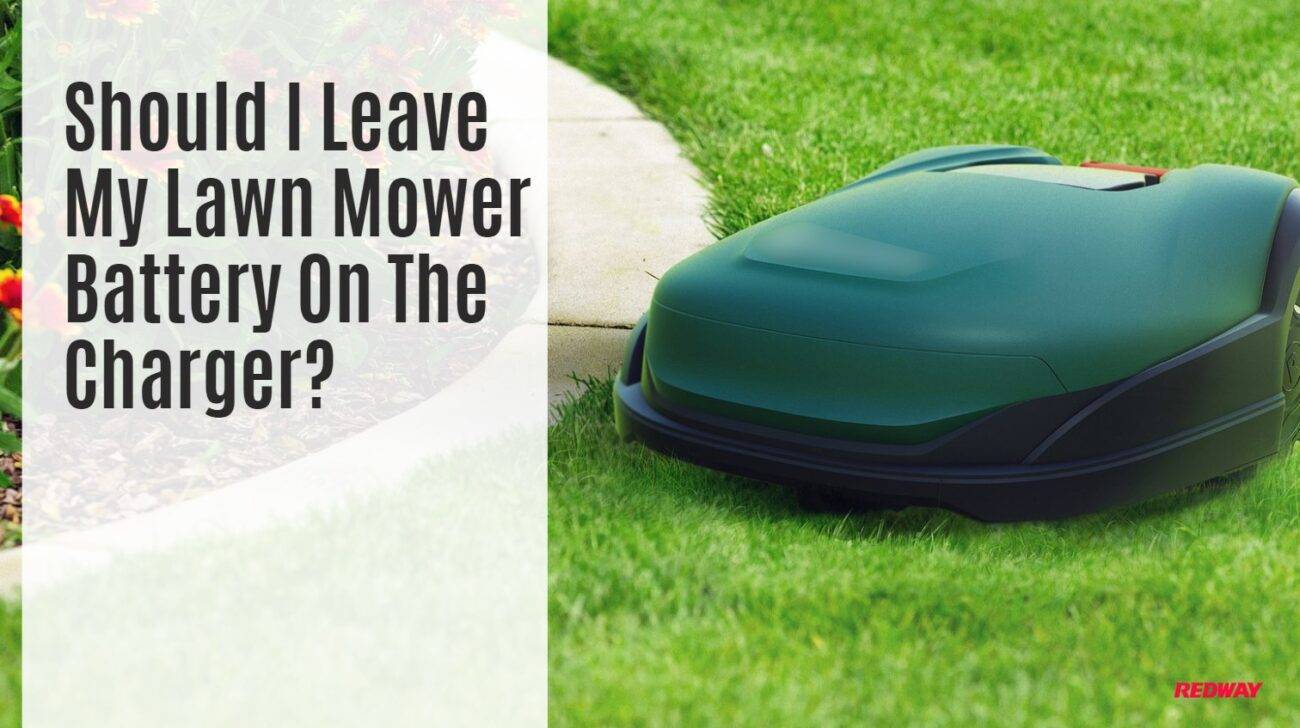- Lithium Golf Cart Battery
- Forklift Lithium Battery
-
48V
- 48V 210Ah
- 48V 300Ah
- 48V 420Ah (949 x 349 x 569 mm)
- 48V 420Ah (950 x 421 x 450 mm)
- 48V 456Ah
- 48V 460Ah (830 x 630 x 590 mm)
- 48V 460Ah (950 x 421 x 450 mm)
- 48V 460Ah (800 x 630 x 600 mm)
- 48V 460Ah (820 x 660 x 470 mm)
- 48V 500Ah
- 48V 560Ah (810 x 630 x 600 mm)
- 48V 560Ah (950 x 592 x 450 mm)
- 48V 600Ah
- 48V 630Ah
-
48V
- 12V Lithium Battery
12V 150Ah Lithium RV Battery
Bluetooth App | BCI Group 31
LiFePO4 Lithium
Discharge Temperature -20°C ~ 65°C
Fast Charger 14.6V 50A
Solar MPPT Charging - 24V Lithium Battery
- 36V Lithium Battery
- 48V Lithium Battery
-
48V LiFePO4 Battery
- 48V 50Ah
- 48V 50Ah (for Golf Carts)
- 48V 60Ah (8D)
- 48V 100Ah (8D)
- 48V 100Ah
- 48V 100Ah (Discharge 100A for Golf Carts)
- 48V 100Ah (Discharge 150A for Golf Carts)
- 48V 100Ah (Discharge 200A for Golf Carts)
- 48V 150Ah (for Golf Carts)
- 48V 160Ah (Discharge 100A for Golf Carts)
- 48V 160Ah (Discharge 160A for Golf Carts)
-
48V LiFePO4 Battery
- 60V Lithium Battery
-
60V LiFePO4 Battery
- 60V 20Ah
- 60V 30Ah
- 60V 50Ah
- 60V 50Ah (Small Size / Side Terminal)
- 60V 100Ah (for Electric Motocycle, Electric Scooter, LSV, AGV)
- 60V 100Ah (for Forklift, AGV, Electric Scooter, Sweeper)
- 60V 150Ah (E-Motocycle / E-Scooter / E-Tricycle / Tour LSV)
- 60V 200Ah (for Forklift, AGV, Electric Scooter, Sweeper)
-
60V LiFePO4 Battery
- 72V~96V Lithium Battery
- Rack-mounted Lithium Battery
- E-Bike Battery
- All-in-One Home-ESS
- Wall-mount Battery ESS
-
Home-ESS Lithium Battery PowerWall
- 24V 100Ah 2.4kWh PW24100-S PowerWall
- 48V 50Ah 2.4kWh PW4850-S PowerWall
- 48V 50Ah 2.56kWh PW5150-S PowerWall
- 48V 100Ah 5.12kWh PW51100-F PowerWall (IP65)
- 48V 100Ah 5.12kWh PW51100-S PowerWall
- 48V 100Ah 5.12kWh PW51100-H PowerWall
- 48V 200Ah 10kWh PW51200-H PowerWall
- 48V 300Ah 15kWh PW51300-H PowerWall
PowerWall 51.2V 100Ah LiFePO4 Lithium Battery
Highly popular in Asia and Eastern Europe.
CE Certification | Home-ESS -
Home-ESS Lithium Battery PowerWall
- Portable Power Stations
How Long Should You Leave A Trickle Charger On A Lawn Mower Battery?

To ensure proper charging of your lawn mower battery with a trickle charger, leave it connected until the battery reaches a full charge. Typically, this takes 12 to 24 hours, but it is important to avoid overcharging the battery to prevent damage.
The importance of maintaining a lawn mower battery
What is a trickle charger and how does it work?
A trickle charger is a type of battery charger that delivers a low voltage and charges the battery slowly over time. Its purpose is to maintain a fully charged state of the battery, preventing self-discharge and ensuring the battery remains ready for use.
A trickle charger works by delivering a low and steady current to the battery over time. It prevents self-discharge and maintains the battery’s charge level. The charger replenishes the charge lost due to factors like internal leakage and natural discharge over an extended period.
How Trickle Chargers Work:
- They provide a low, steady current to the battery, preventing it from losing charge during idle periods.
- Ideal for lawn mower batteries, which often experience prolonged inactivity, ensuring they maintain optimal capacity and performance.
Operational Simplicity:
- Trickle chargers supply a continuous, modest current, avoiding overcharging and safeguarding the battery.
- Built-in sensors monitor voltage levels, automatically adjusting the charge to maintain the battery at its peak.
Using a trickle charger on your lawn mower battery guarantees reliable starting power, making it an invaluable tool to extend your battery’s life and enhance overall performance. Say goodbye to the hassle of starting issues, ensuring your mower is always ready for those lawn care sessions!
Factors to consider when deciding how long to leave a trickle charger on a lawn mower battery
Best practices for using a trickle charger on a lawn mower battery

Signs that your lawn mower battery may need to be replaced
Proper maintenance leads to longer lasting batteries and better mowing experience
FAQs
How can I revive the battery of my power tools if they wear down?
How does heat affect NiMH batteries and how should I handle it?
What are the advantages of using NiMH batteries for power tools?
What is the right way to care for a NiCd battery?
How can you make your power tool battery last longer?
How can you safely jump-start your lawn mower battery with your car?
How much longer will your lawn mower battery last?















